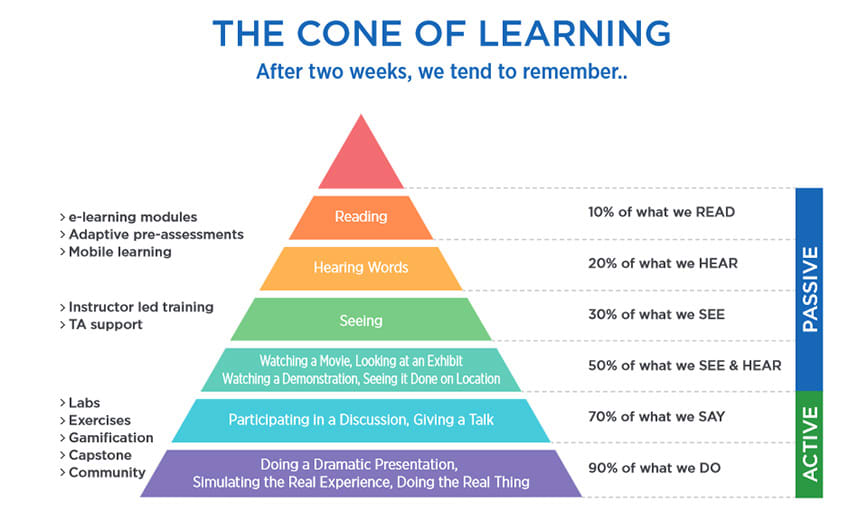If I asked you how do you learn? More importantly, is your method efficient and productive? Would it be easy for you to outline a response? To try to find answers to these questions, the Feynman Technique might just be the best way to learn absolutely anything.
What’s the Feynman Technique?
The technique was devised by Richard Feynman (1918–1988):
- He was a Nobel Prize-winning physicist in 1965.
- He participated in the secret development of the atomic bomb project “Manhattan Project”.
- He was a great physicist called a “scientific urchin”.
- He was called “the best teacher among many”, because he was good at explaining complicated and obscure physics theories in an easy-to-understand manner.
He once said this sentence:
“I don’t know what’s the matter with people: they don’t learn by understanding; they learn by some other way—by rote or something. Their knowledge is so fragile!”
— Richard Feynman
In the teaching process, he always kept the idea: “Teaching is the best learning”.
The American scholar Edgar Dale proposed the “Cone of Learning” theory in 1946. This is what he found through long-term research that the average retention rate of learning content after two weeks of learning through different learning methods.

From the above figure, we can see that teaching others has the best learning effect, and the retention rate of learning content is as high as 90%. This is also the most fundamental reason why Feynman technique is called the most efficient learning method.
Here is the core of what we call “Feynman Technique”:
- To simplify complex knowledge.
- Teaching for learning.
- Output feedback input.
- Critical thinking and deep learning.
How to use the Feynman Technique?
Let’s begin the introduction to Feynman’s technique, an efficient learning method that is popular all over the world:

There are four steps to the Feynman Technique, based on the method Richard Feynman originally used. The steps are as follows:
- Choose a concept (Input/Process/Goal)
- Teach the concept (Output/Simulation)
- Identify gaps on the concept (Feedback)
- Simplify and Concise (Optimization/Optional)
Step 1: Choose a concept
Firstly, choose a content you want to learn, for example, a new concept, and then learn all kinds of content related to this concept through books, the Internet, etc.
If you feel you have mastered it completely, you can move on to the next step.
Step 2: Teach the concept
Think of yourself as a teacher, without looking at any materials, succinctly tell the concept-related content you learned in the previous step to one or more people (e.g. your father, mother, etc.) who is unfamiliar with the concept the field.
Step 3: Identify gaps on the concept
The importance of the teaching is to check whether you have fully understood the concept, in other words, mastered all subjects associated with this concept.
Therefore, in previous step, you need to pay attention to and note the following points:
- Can you explain clearly?
- What can’t you explain?
- What are you confused?
Find out what was confused in your explanation. Although your explanation of the concept is very concise, the audience may still not understand it, even not understand everything you explained. You can ask your audiences if they understood.
Try to identity all gaps belong to the concept, then go back to the sources and study up on your week points. That will help you fill in the cracks.
Step 4: Simplify
After you review and study, try to simplify the concept. This step is optional, if the concept has been simplified, you should try another way to explain, for example, use your own analogy to explain and reach others’ level of understanding.
“If you can’t explain it simply, you don’t understand it well enough.”
— Albert Einstein
In the end, go back to the step 2 and teach the concept again, until you can’t identify any more gaps.
Advantages of the Feynman Technique
With the support of the magic of Feynman technique, you can gain the following advantages:
- Develop a true understanding of one concept.
- Be more convincing and enhanced teaching skills.
- Increase critical thinking ability to making the intelligent decision.
- Much easier to apply your knowledge into real-world problem.
Conclusion
Knowing something is valuable. Also, time is limited, learning how to knowing something efficiently and productively is quite important. As Feynman himself showed, being willing and able to question your knowledge and the knowledge of others is how you keep improving.
Learning is a journey.
